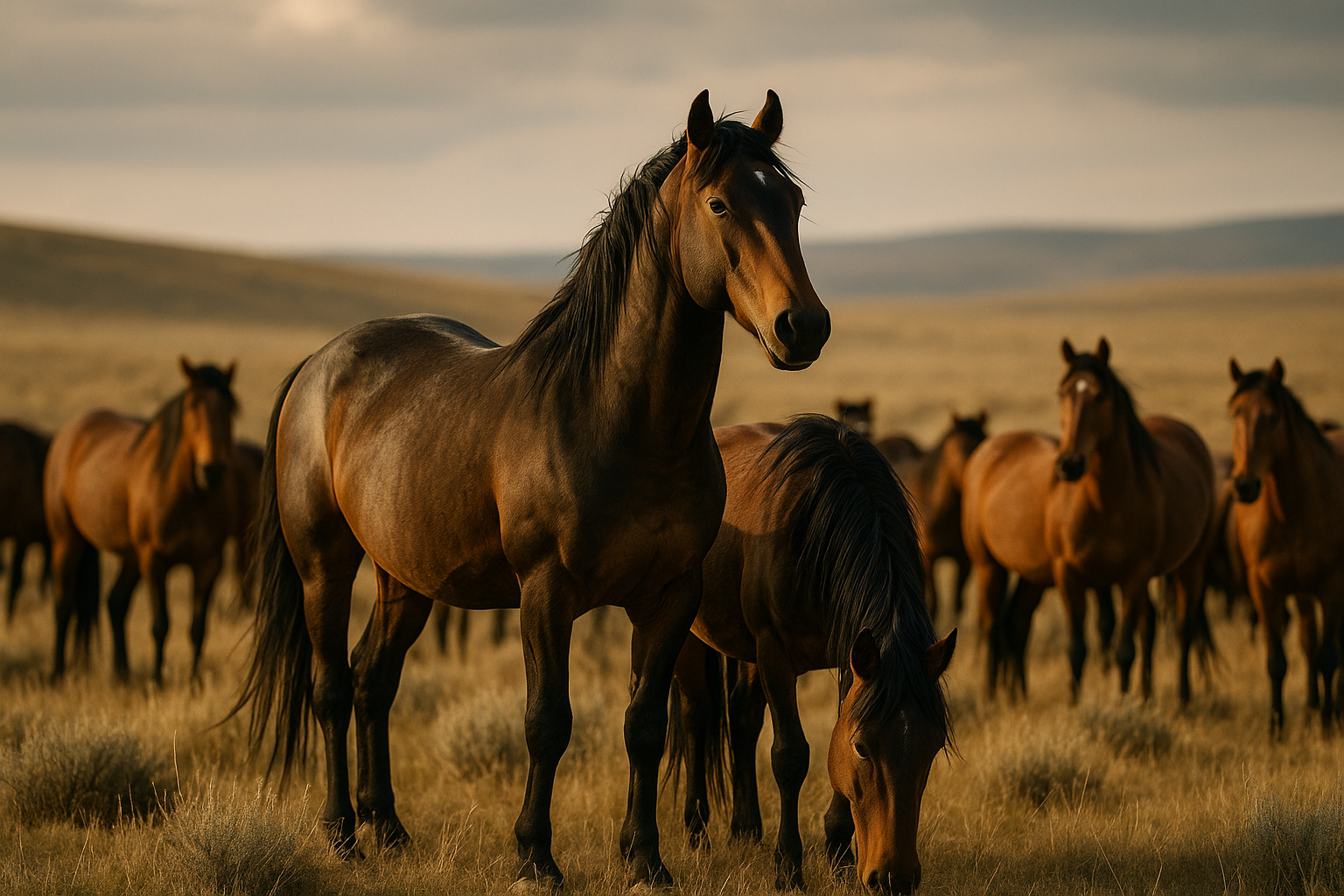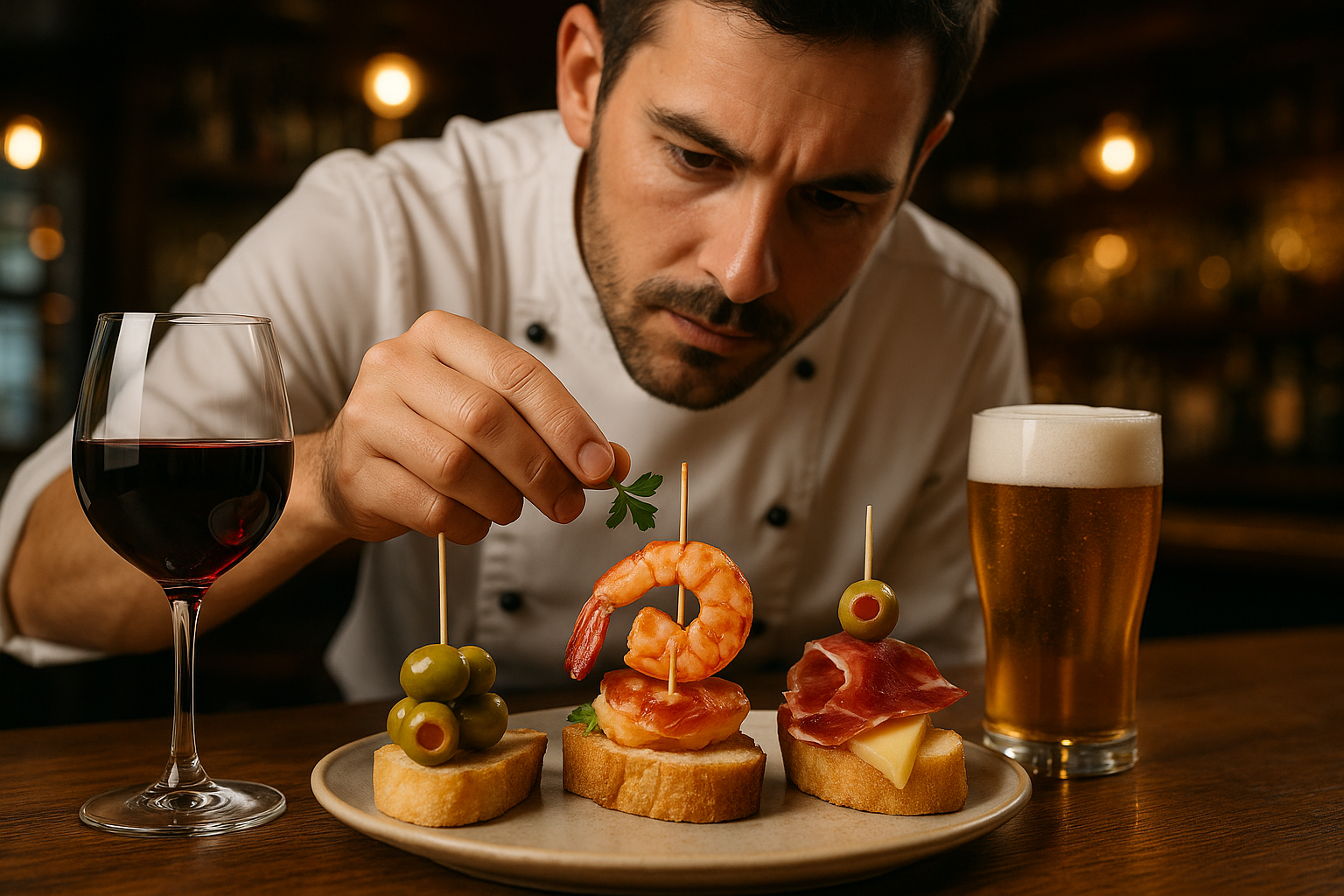Understanding the Intricate Social Structures of Wild Horses
Wild horses have long captured the imagination of humans with their raw strength, fierce independence, and majestic beauty. Yet, beyond their physical appeal, these animals maintain complex social structures that remain largely unexplored by the general public. This article delves into the intricacies of wild horse society, exploring their fascinating social dynamics, behaviors, and interactions.

An Introduction to Wild Horse Society
Wild horses, contrary to the common perception of them as solitary creatures, are social animals that operate in intricate and organized structures. These systems, often known as ‘bands’ or ‘herds’, are hierarchical in nature and governed by a complex set of rules and behaviors. Every member within a band has a specific role, and each role is crucial to the overall survival of the group.
The Dynamics of Leadership
Leadership within wild horse bands is generally dual-faceted, with an alpha stallion and a lead mare taking the reins. The alpha stallion is the primary protector of the group and plays a decisive role in conflicts with other bands or predators. Meanwhile, the lead mare often guides the band’s movements, selecting grazing areas and water sources. This shared leadership model showcases the cooperative nature of wild horse society.
The Role of Bachelor Stallions
In addition to the primary band, wild horse populations also include groups of ‘bachelor’ stallions. These are usually young males who have been driven out of their natal bands and are yet to acquire a band of their own. Despite their solitary status, bachelor stallions play a key role in the overall ecosystem by challenging older stallions, thereby ensuring the genetic diversity and vitality of the population.
The Importance of Social Bonds
Social bonds within wild horse populations are fundamental to their survival. Horses within a band regularly engage in mutual grooming and other bonding activities, which serve to strengthen their relationships and maintain social cohesion. These bonds are particularly crucial during times of crisis or danger, enabling the band to operate as a unified front.
Recent Developments and Observations
Recent studies have highlighted that wild horse societies are far more dynamic than previously believed. Changes in the environment, availability of resources, and the presence of humans can all significantly influence their social structures. Recognizing this adaptability can help us better understand these fascinating creatures and guide our conservation efforts to protect them.
In conclusion, the social structures of wild horses are a captivating blend of hierarchy, cooperation, and adaptability. They showcase the remarkable intelligence and social aptitude of these animals, offering a fresh perspective on their behavior that extends beyond their physical attributes. Understanding these dynamics not only deepens our appreciation of wild horses but also contributes to our broader knowledge of animal societies.




